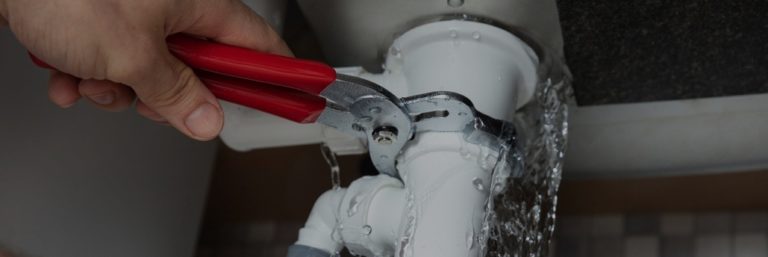Overview To Water Leakage Detection In Your Home
Overview To Water Leakage Detection In Your Home
Blog Article
The author is making a few great points on the subject of Finding hidden leaks as a whole in the content underneath.

Early discovery of leaking water lines can minimize a prospective disaster. In addition to saving you cash, it will certainly reduce the worry as well as frustration. The moment you locate a leakage, calling your plumber for fixings is the very best solution. Nonetheless, some little water leaks may not show up. Below are some hacks that aid if you can not identify it with your nude eyes.
1. Examine the Water Meter
Every house has a water meter. Checking it is a guaranteed way that aids you find leakages. For beginners, shut off all the water sources. Ensure no person will certainly flush, use the tap, shower, run the cleaning device or dishwasher. From there, most likely to the meter as well as watch if it will certainly alter. Since no person is using it, there need to be no motions. If it relocates, that indicates a fast-moving leakage. If you find no adjustments, wait a hr or 2 and check back again. This means you may have a slow leakage that can also be below ground.
2. Inspect Water Usage
If you spot abrupt adjustments, despite your usage being the very same, it means that you have leakages in your plumbing system. An unexpected spike in your bill indicates a fast-moving leak.
Meanwhile, a constant boost each month, even with the very same behaviors, shows you have a slow leak that's also gradually rising. Call a plumber to completely check your residential property, particularly if you feel a cozy area on your flooring with piping underneath.
3. Do a Food Coloring Examination
When it comes to water intake, 30% comes from commodes. If the color somehow infiltrates your dish during that time without flushing, there's a leakage in between the tank and also bowl.
4. Asses Exterior Lines
Don't neglect to inspect your exterior water lines as well. Should water seep out of the link, you have a loose rubber gasket. One small leak can throw away lots of water and surge your water costs.
5. Examine and also Examine the Circumstance
Homeowners need to make it a routine to check under the sink counters and also even inside cabinets for any type of bad odor or mold development. These two red flags show a leak so punctual attention is called for. Doing routine assessments, even bi-annually, can save you from a significant problem.
Check for stainings and deteriorating as most pipelines and home appliances have a life expectancy. If you presume leaking water lines in your plumbing system, do not wait for it to rise.
Early detection of dripping water lines can reduce a possible calamity. Some tiny water leakages may not be visible. Examining it is a proven method that aids you discover leaks. One little leakage can lose loads of water and increase your water costs.
If you think dripping water lines in your plumbing system, do not wait for it to intensify.
WARNING SIGNS OF WATER LEAKAGE BEHIND THE WALL
PERSISTENT MUSTY ODORS
As water slowly drips from a leaky pipe inside the wall, flooring and sheetrock stay damp and develop an odor similar to wet cardboard. It generates a musty smell that can help you find hidden leaks.
MOLD IN UNUSUAL AREAS
Mold usually grows in wet areas like kitchens, baths and laundry rooms. If you spot the stuff on walls or baseboards in other rooms of the house, it’s a good indicator of undetected water leaks.
STAINS THAT GROW
When mold thrives around a leaky pipe, it sometimes takes hold on the inside surface of the affected wall. A growing stain on otherwise clean sheetrock is often your sign of a hidden plumbing problem.
PEELING OR BUBBLING WALLPAPER / PAINT
This clue is easy to miss in rooms that don’t get much use. When you see wallpaper separating along seams or paint bubbling or flaking off the wall, blame sheetrock that stays wet because of an undetected leak.
BUCKLED CEILINGS AND STAINED FLOORS
If ceilings or floors in bathrooms, kitchens or laundry areas develop structural problems, don’t rule out constant damp inside the walls. Wet sheetrock can affect adjacent framing, flooring and ceilings.
https://www.servicemasterbyzaba.com/blog/how-to-detect-water-leakage-in-walls/

We were shown that write-up about Top leak detection hacks through someone on our other site. Sharing is nice. Helping others is fun. Many thanks for taking the time to read it.
Report this page